Architectural Influence: How Historic Styles Shape Today's Buildings
Cities wear their history on the outside. Walk a few blocks and you’ll see Roman arches, Gothic spires, Beaux‑Arts facades, and minimalist glass boxes all in one view. Those choices didn’t vanish; they echo through materials, proportions, and even zoning rules. Understanding architectural influence helps you read a city and make smarter design choices.
What counts as influence? It's not copying a style word for word. It's using a column, a roof shape, an arch rhythm, or a decorative detail that shapes how a building feels and works. Architects borrow, adapt, and mix. That mixing created movements like Gothic Revival, Renaissance Revival, and Dutch Colonial Revival.
Spot the influence
Look for clear signals: rounded arches point to Roman or Romanesque; pointed arches and flying buttresses mean Gothic ideas; big domes and mosaics hint Byzantine or Renaissance; columns tell you which order — Doric, Ionic, or Corinthian; gambrel roofs signal Dutch Colonial; symmetrical facades often mean Georgian or Colonial; ornate stonework and grand stairs suggest Beaux‑Arts; curving ironwork and natural motifs are Art Nouveau; flat planes and glass signal Minimalism.
Use the past in new projects
If you’re renovating, pick one clear element to add: a columned porch, a dormer, or a stained‑glass transom. That keeps a fresh look from feeling fake. If you design buildings, study proportion and rhythm more than ornament. Proportions make a tiny porch read like a temple or a modern entry depending on scale.
Preservation matters. Use original materials when you can, document missing details with photos, and match mortar or paint tones. Modern tools — 3D scans, laser cleaning, structural anchors — let you keep old looks while meeting safety codes. Read our articles on Beaux‑Arts preservation and Roman engineering for practical tips.
Urban design borrows too. Streetscapes keep rhythm by matching cornice lines, setbacks, and building heights. That human scale comes from Georgian and Classical rules, not a single era. Think about light, shadow, and how a row of windows creates a street's tempo.
Want to learn specific moves? Check posts that dig into styles: Ancient Roman pieces for engineering tricks, Gothic Revival for ornament, Greek Revival for columns, and Dutch Colonial for roof forms. We also cover modern reactions — Minimalism, Postmodernism, and Revivalism — so you can see how designers respond to history.
Quick checklist: photograph existing details, note materials and joint types, measure proportions, and save neighborhood photos for context. When mixing styles, keep one rule: scale first, ornament second. Small trims read as authentic if the scale matches nearby buildings.
Explore our tag pages for focused reads on Roman, Gothic, Beaux‑Arts, Colonial, and modern movements — each article has photos, tips, and restoration notes.
Ask about a building near you and we’ll identify its main influence fast.
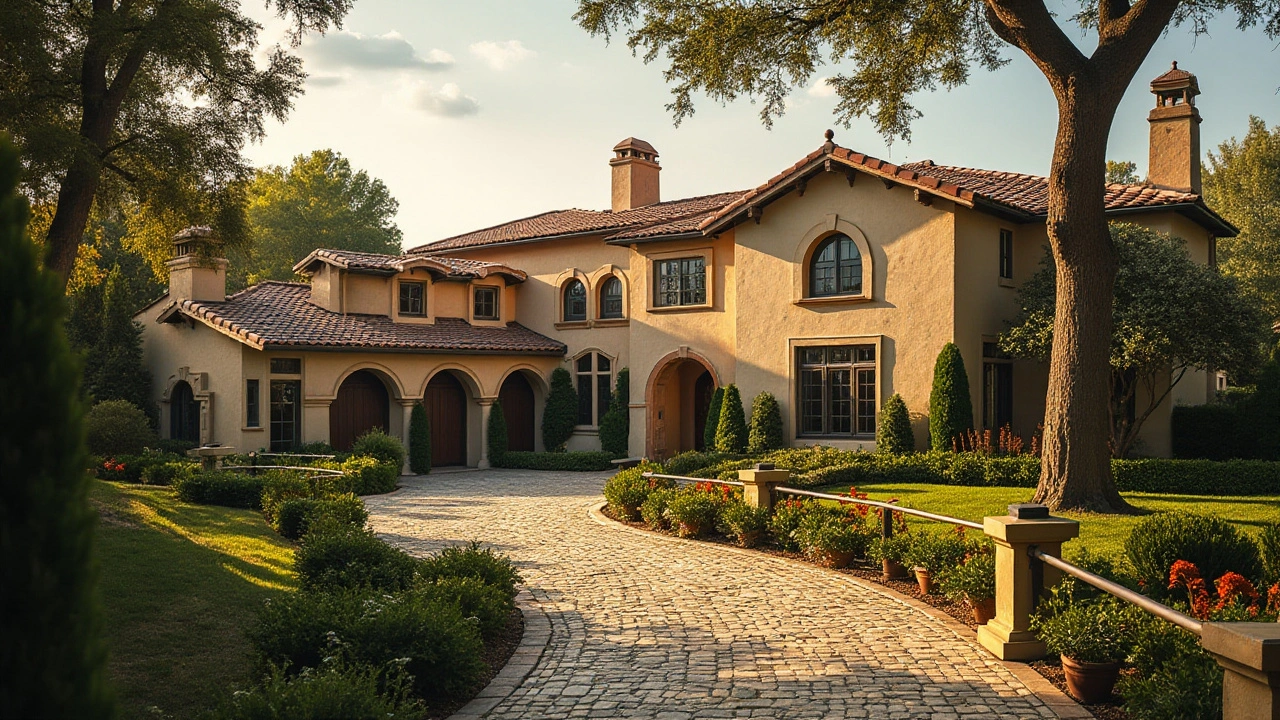
Mediterranean Revival Architecture: Impact on Contemporary Design Trends
Mediterranean Revival Architecture continues to be celebrated for its timeless elegance and charm, impacting the way modern structures are designed today. This style is characterized by its stucco walls, red-tiled roofs, and graceful arches, echoing the coastal homes of Spain, Italy, and Greece. It gracefully blends old-world charm with modern sensibilities, offering a warm, inviting, and stylish aesthetic in modern homes and buildings. Understanding its elements can inspire designers to incorporate Mediterranean elements into their projects creatively.
Read more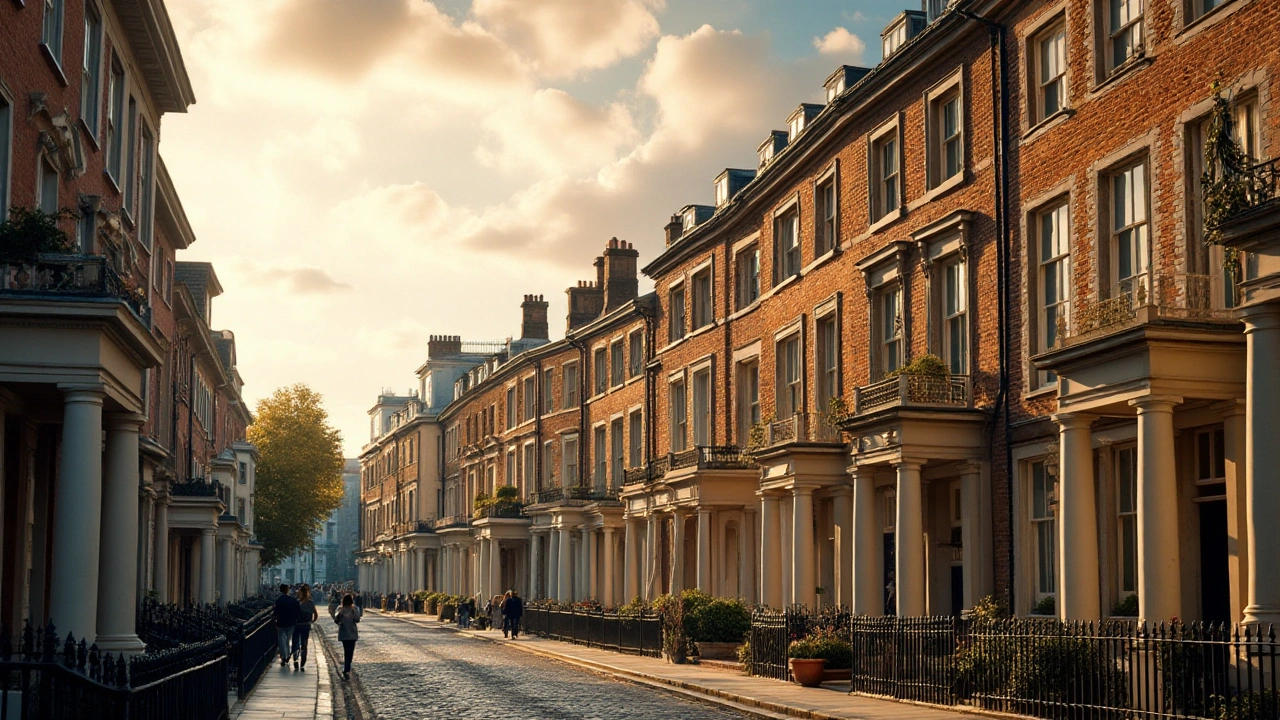
Why Federal Architecture Still Inspires Modern Designers
Federal architecture, with its balanced proportions and classical elements, continues to influence modern designers. Rooted in the late 18th and early 19th centuries, this style is characterized by its elegance, symmetry, and use of Roman and Greek elements. The enduring appeal of Federal architecture lies in its timeless aesthetic, attention to detail, and its ability to convey a sense of history and stability. In this article, we'll explore the fundamental principles of Federal architecture, its notable characteristics, and its lasting impact on contemporary design.
Read more
How Postmodern Architecture is Shaping Our Cities
Oh boy, isn't it amazing how our cities are turning into a canvas for the fabulous postmodern architecture? It's like we're living in a gigantic art exhibit, only this time it's not boring! Postmodern design, with its departure from the rigid rules and "less is more" mantra of modernism, is jazzing up our urban landscapes with bold colors, striking shapes, and a delightful mix of old and new styles. It's a hodgepodge of everything cool and creative, like an architectural potluck! So next time you're strolling around town, don't forget to look up and appreciate the ever-evolving architectural spectacle around you.
Read more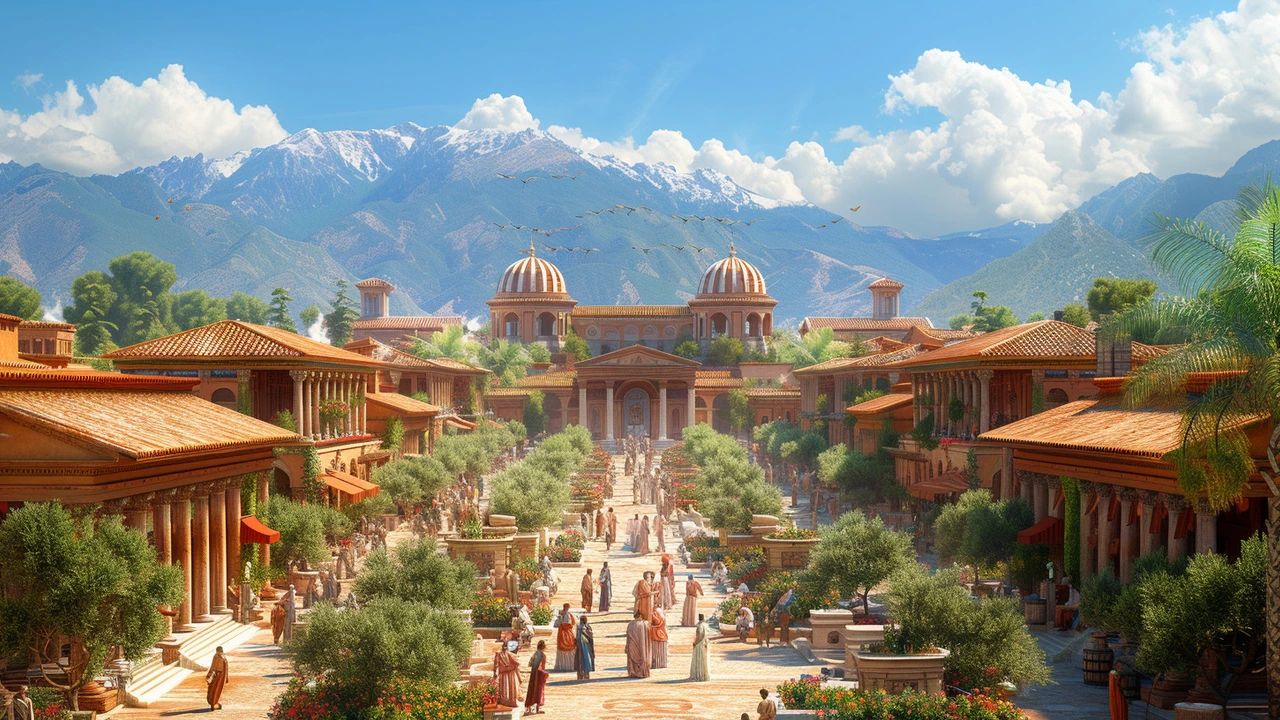
The Revival of Classical Ideas in Renaissance Architecture
Hey, folks! So, we're diving headfirst into the wonderful world of Renaissance architecture - spoiler alert, it's a wild ride! The Renaissance was like a star-studded reunion tour of Classical ideas, with ancient Greek and Roman architectural concepts making a grand comeback. It's like the Beatles and Elvis deciding to form a supergroup - it's that big! These old-school notions of balance, symmetry, and proportion found their way back into the limelight, transforming the architectural landscape. So, next time you're gawking at a Renaissance building, remember it's not just a pretty face - it's a love letter to the classics!
Read more
The Eternal Charm of Ancient Roman Architecture
Wowza, isn't Ancient Roman Architecture just a sight for sore eyes! It's got that irresistible old-world charm that just keeps you coming back for more. It's like a classic black-and-white movie, there's something about those Colosseums, Aqueducts, and Temples that even the flashy modern structures can't match. They're standing tall, whispering tales from the past, and I tell you, they've aged beautifully, like a fine wine. It's the ultimate blast from the past, but with no time machine required - just a ticket to Italy and a bit of imagination!
Read more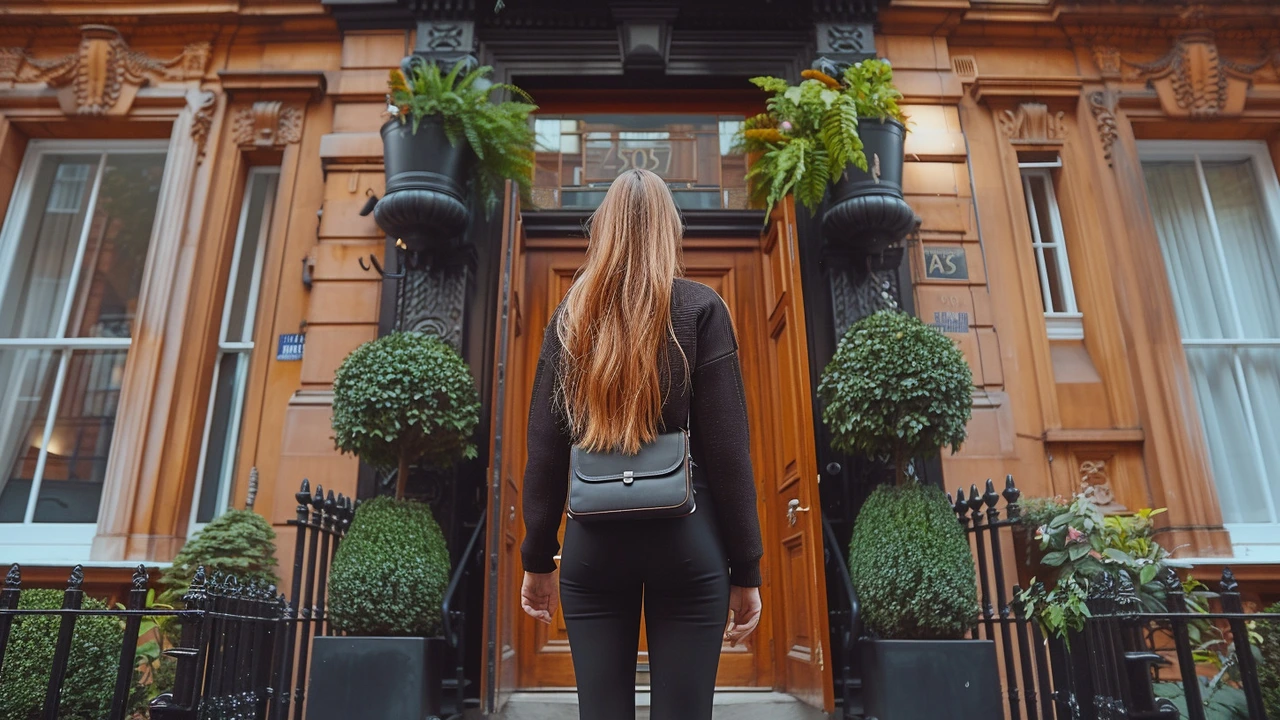
Why Georgian Architecture Continues to Inspire
In my latest blog post, I'm gushing over the timeless allure of Georgian architecture - you know, those charming 18th-century buildings that continue to make our hearts skip a beat! I explore why this style, with its symmetrical elegance and classic proportions, keeps inspiring architects and aesthetes alike. I mean, who can resist the romantic appeal of grand entrances and sash windows? Not me, for sure! So, join me in this jaunt through architectural history, where I'll reveal why Georgian design is like that perfect little black dress - always in style, always fabulous!
Read more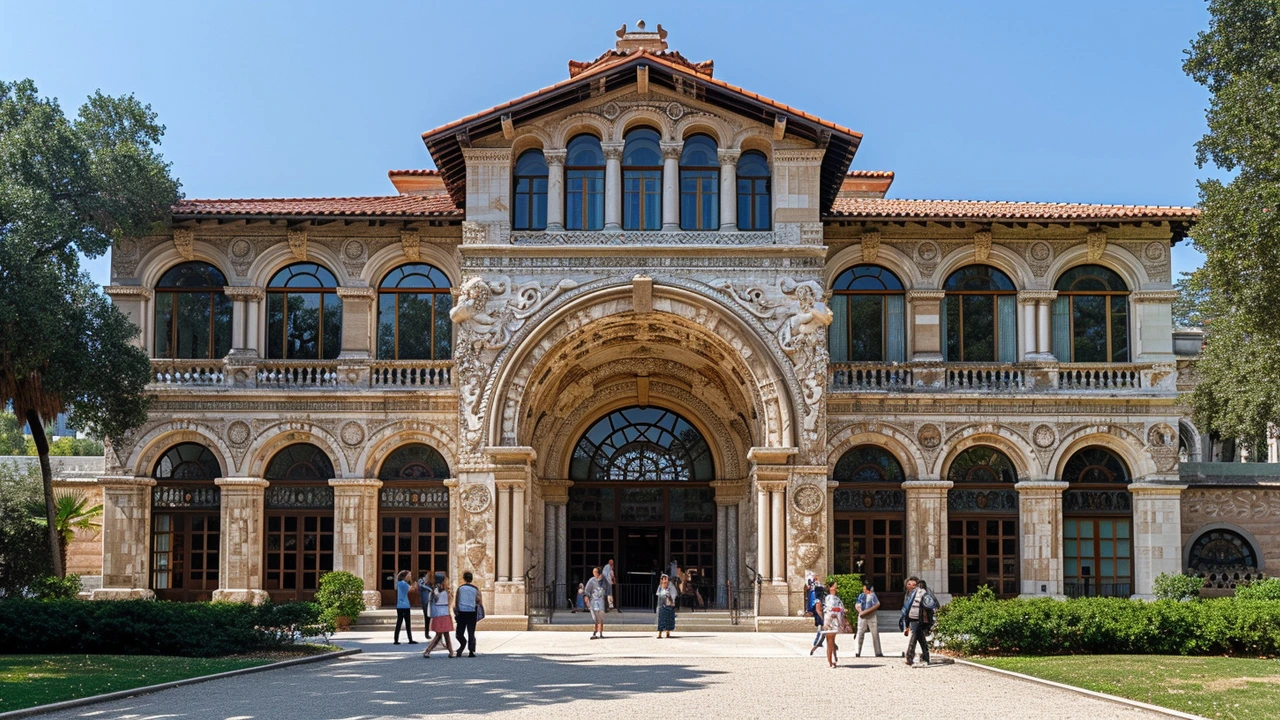
Reviving the Past: The Renaissance in Modern Architecture
Say hello to the past, folks, because the Renaissance is making a grand comeback in our modern architectural designs! It's like a timeless beauty waving hello from the past, infusing our concrete jungles with the elegance of yesteryears. Get ready to see domes, arches, columns and frescoes-styled by the new-age Michelangelos! It's a blast from the past, but with a futuristic twist. So, buckle up for this architectural time travel because the Renaissance is not just reviving, it's thriving in our modern world!
Read more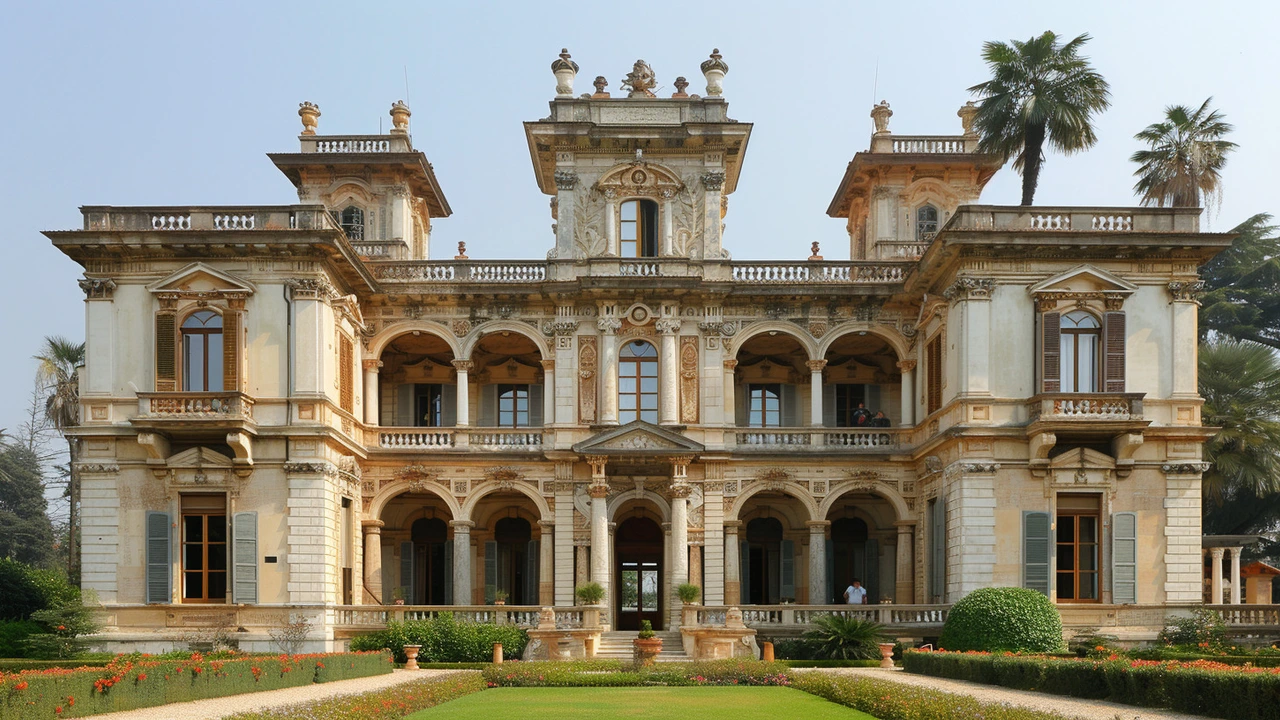
The Majestic Presence of Italianate Architecture in Global Cities
Well, folks, let me tell ya, there's this whole world of architecture out there that's got more flavor than an Italian grandma's Sunday gravy - it's Italianate architecture! Picture this: you're strolling down the streets of your favorite global city, and suddenly, you're met with a beautiful building that screams more Italian charm than a gondolier in Venice. You know, the kind with the ornate detailing, symmetrical shapes, and low pitched roofs. Yup, that's Italianate architecture, and it's making a big, bold, and beautiful statement across the globe. So, next time you're on a city adventure, keep an eye out for these Italian beauties; they’re the architectural equivalent of a fine Chianti in a world of boxed wines!
Read more